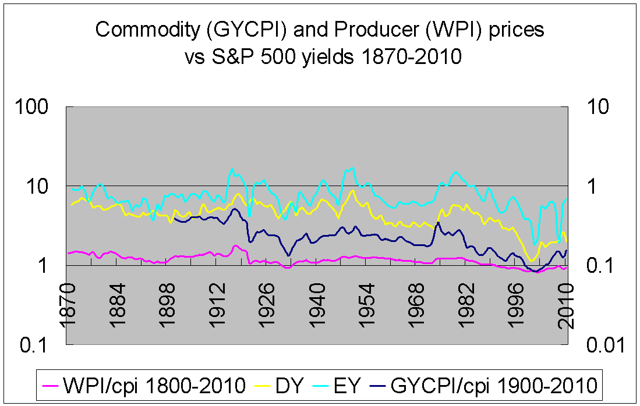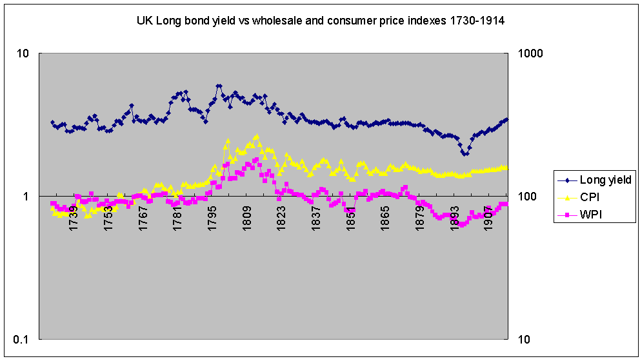Water Stocks The Ultimate Commodity
Post on: 16 Март, 2015 No Comment

Comments ( )
We all know water is the ultimate commodity, but some investors haven’t yet taken advantage of water as the ideal investment opportunity.
Too common to strike your fancy? Don’t be fooled by the fact that 70% of the earth’s surface is covered in water. That doesn’t technically mean we have a lot of it to use. 97% of it is saltwater. Only 1% is actually available for human use and consumption.
Meanwhile, increases in agricultural uses and industrialization have led to various water shortages in nations across the globe. We’ve really been stretching that 1% pretty thin in the last few decades as farmers are planting more crops than ever before and using more and more water due to extreme drought situations.
Worldwide water shortages are quickly impacting industrialization projects as well as the average American family budget. As the laws of supply and demand always state: when something becomes scarce, its value explodes .
The more population expands, the more water consumption increases. It’s a pretty basic formula with virtually zero variables when it comes to something vital to our survival.
And the increasing price of water stocks over the past few years more explicitly reveals the impact of the water consumption trends on water price trends.
To see how this can affect dividends, take a look at American States Water (AWR) from 1998-2011 at dividata.com. This particular stock has an excellent dividend history, in lieu of a tough year in 2012.
Water Price Trends, Today and Beyond
Since 2010, water prices have risen 18% and already seven percent over the last year in 30 major cities scattered across the U.S.
In Chicago, water prices are actually up approximately 25%. Crumbling infrastructure in many states has residential water costs more than doubling in some areas.
The amount households pay for water is exponentially increasing faster than U.S. inflation and faster than costs are growing in any other utility sector. Electricity, gas, and telephone charges are lagging far behind this precious resource.
Cable TV and garbage collection costs run more closely to current water costs, but the water prices are still the icing on the cake.
Investment Opportunities
In case you haven’t caught on, this whole water debacle could potentially turn the industry into one of the most lucrative in history. The imminent threat of this global water crisis has presented entrepreneurs and investors with a $500-billion opportunity .
Entrepreneurs with Vestergaard Frandsen have developed a handy little product know as the LifeStraw . This unique tool was brilliantly designed to filter water for prevention of common diarrhoeal disease; it can be carried around for easy access to safe and clean drinking water.
The instant microbiological water purifier is advertised as being able to remove 99.999999% of waterborne bacteria, with the ability to filter up to 1000L of water.
Companies and products like this are likely to explode out of necessity in the months and years to come as the water crisis grows exponentially out of control.
Utility investing may very well mark the next biggest bull run of this generation, with water winning that utility race. If you’re searching for the next emerging market, water is clearly your best bet.
I’ve already mentioned American States Water (NYSE: AWR) part of the S&P 500 Water Utilities Index but there are some other popular stocks under other indexes as well.
- Dow Jones U.S. Water Index : This index encompasses approximately 29 stocks: both national and international companies. The minimum market capitalization of any amongst the group is $150 million. so you know they’re doing something right.

Another simple option if you’re considering investing in water stocks is to do so through the PowerShares Global Water Fund (PIO ). It’s another ETF that uses the Nasdaq OMX Global Water Index as a benchmark in order to track companies that are working on various products that help households, businesses, and industries conserve and purify their water supply.
The Future of Global Water Consumption and How it Will Impact Your Investment
It is estimated that $662 billion will be required for water infrastructure rebuilding over the next 20 years. Right now, the water industry is already a $500 billion market, and it’s only expected to go up from there with all the infrastructure projects necessary within the next two decades.
This is something that investors should be getting genuinely excited about. Perhaps the most exciting part is that we’re talking about water. the most essential element on our planet. it’s impossible for demand to cease for a commodity that’s required at the most basic level of human life.
The bottom line is this: if you have not yet found a place for water in your portfolio, now is the time to make it happen. It’s one of the few safe, sound, and secure long term investment options that will guarantee returns in an otherwise volatile marketplace.
Today, tomorrow, and 500 years from now: water is and will forever be a hot pick.
Related Articles on Water Stocks: The Ultimate Commodity
As nuclear fades into the California sunset, natural gas and solar move in.
The project that last year flew a solar-powered plane across Europe is now coming to the United States and will soon fly around the world.
Editor Chris DeHaemer shares with readers why waiting for natural gas to go up has been a little like waiting for Godot.
Editor Nick Hodge serves up a slew of water facts, new projects, and plenty of ways to profit.
Energy & Capital Editor Nick Hodge digs through the archives to prove why investing in water infrastructure stocks is always a good idea.
Energy & Capital Editor Nick Hodge discusses renewed interest in water related investments and discloses two of his favorite water stocks.
Water is starting to do what I’ve been predicting it would do for quite some time. Right now, the best water stocks are boiling hot.
This report examines why it’s a great time for investing in water stocks, including where investment dollars are headed in this sector.














